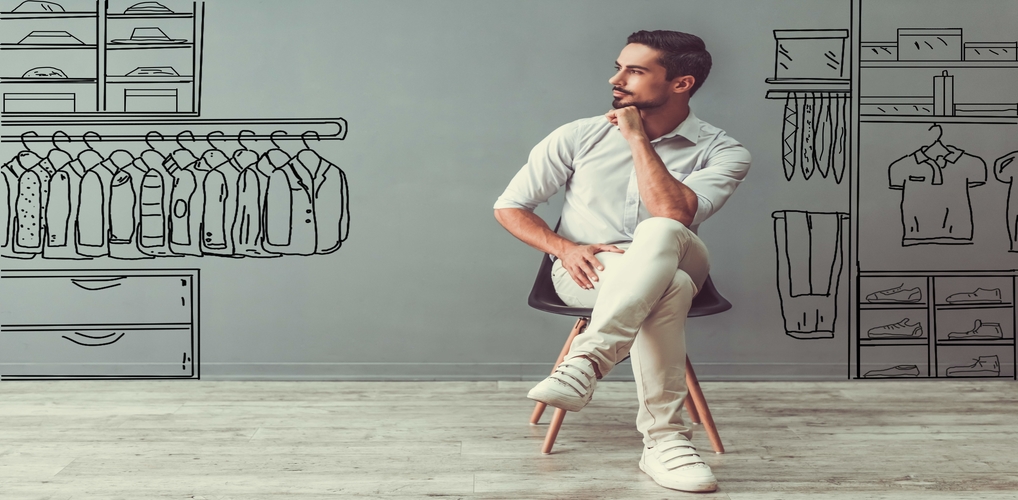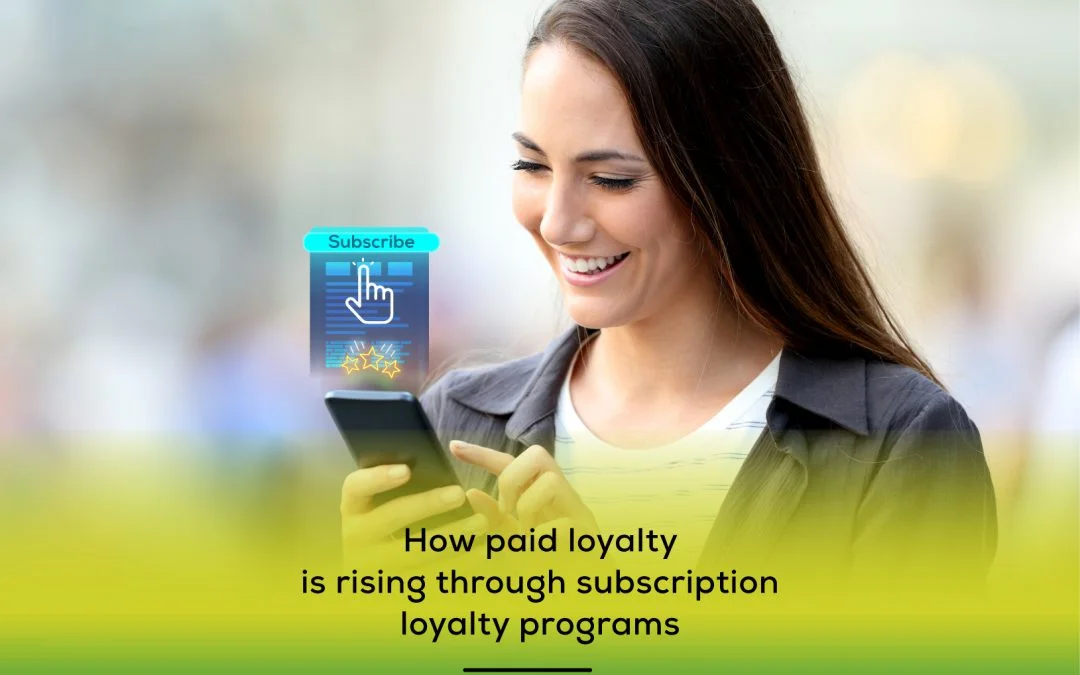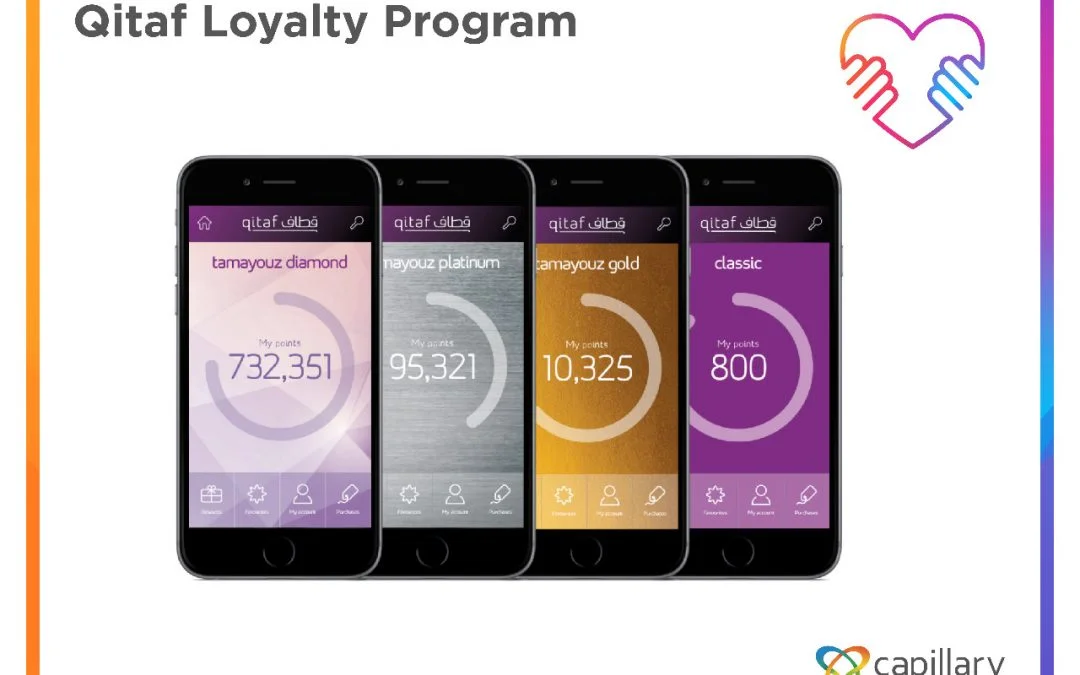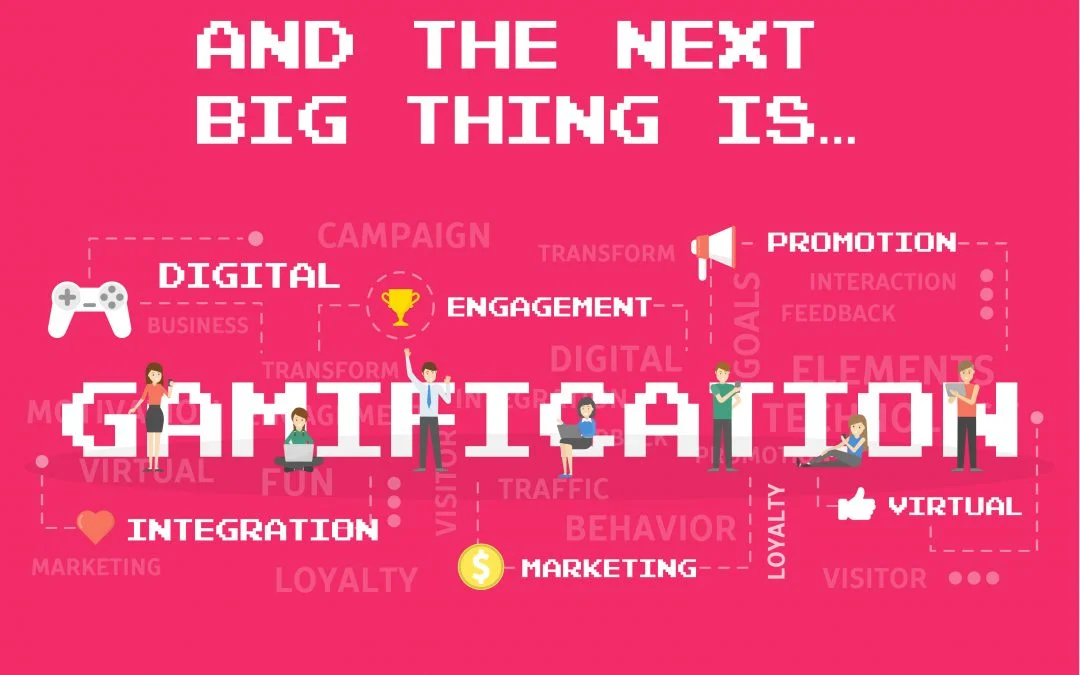- Design industry shaping loyalty programs
- Integrate easily and go live quicker
- Deliver hyper-personalized consumer experiences
Blue Rewards from Al Futtaim Group Shares Loyalty Success Stories and Evolution. Watch Podcast >
Capillary Triumphs with 4 Prestigious Wins at the 2025 International Loyalty Awards! Read more >

Personalization strategies in retail are transforming how brands connect with their customers, leveraging data to craft campaigns that truly resonate. A one-size-fits-all approach won’t cut it—customers demand relevance and value, and personalization is the key to delivering both. McKinsey predicts that personalization in retail will be the leading driver of marketing success within the next five years, making it an essential strategy for forward-thinking brands.
At Capillary, our approach to retail personalization strategies focuses on three core components:
Retailers are doubling down on personalization to enhance customer experiences and drive ROI. Ready to elevate your campaigns and boost ROI? Let’s dive in. Let us explore a few retail personalization strategies that not only engage existing customers but capture new ones in the process.
Customer experience is a key metric while measuring brand success. Brands that promise compelling experiences have come a long way by building long-lasting customer relationships. Interacting with customers based on their behavior and actions is best implemented with a direct-to-consumer mindset. Marketers now use an average of 10 channels to engage customers, reflecting a broader approach to audience interaction. Notably, 83% of consumers are willing to share data for personalized experiences, highlighting the value of tailored engagement.
Every opportunity a user gets to interact with a brand is an opportunity to enhance the brand image, curate relevant customer journeys, and provide personalized experiences. Personalization in retail through relevant messaging helps gather information about the user’s navigation flow, product interests, product volumes vs. sales, potential loyal members, and personalized recommendations.
For example, Sephora gets this right:
Behavioral marketing typically involves the following phases:
Brands often focus more on landing pages and unwittingly give less attention to the top of the funnel: the call to action. The CTAs’ primary objective is to convert your website’s visitor into either a subscriber, buyer, or qualified lead.
There are three major types of CTAs:
Point No. 3 is where retailers should be investing their time, effort, and money. Let’s assume your company delivers financial and accounting services. If a user lands on your website with the search term, “how to avoid an audit”, an apt CTA you should be delivering is “Show me how to avoid an audit” or “Read this step-by-step rulebook to avoid an audit” not “Learn more about our services” or “Explore our financial services.”
And if you currently don’t have massive design support, a great way to personalize your CTA is simply through plain hyperlinked text for nurture campaigns.
According to a recent report, 63% of consumers expect personalization as a standard of service, yet only 22% of customers are satisfied with the level of personalization they currently receive.
Not everyone visits your website for the same reason, yet sometimes users (irrespective of their geolocation) receive the same email, sent at the same time. Nurturing customers doesn’t stop after acquiring new ones. To transform subscribers from buyers to loyal customers, you must provide value throughout the lifecycle journey.
It’s no secret that certain times of day are tested better than others when it comes to email personalization for retail, or email marketing for that matter. Segment your subscribers into different time zones, with the aim of sending emails to be received at a reasonable time for all subscribers, with personalized content too.
75% of consumers ignore or opt out because of frequency overload, and 55% blame lack of relevance. To solve this, a time timestamp (based on when emails are opened) allows for personalized communication with your consumers based on the time they are most likely to check emails. You can determine the content of the message at the time your recipient opens it too. This helps send relevant information to customers and build long-lasting relationships.
Have you ever received an email from your favorite retailer promoting a sale that was happening “in-store” only? Have you been directed to a store to buy a product, and when you reach there, it’s out-of-stock? Promotions are always part of a retailer’s sales and marketing mix— they drive sales and help you move inventory.
Discount sites flood inboxes with daily in-store promotional offers. This is often frustrating for users unless the offers and products match their individual requirements. The key to personalization (for retail and in-store commerce) is identifying your audience based on their interests and geographical location, so you can send them to a store that works best for them with the assurance of product availability.
Here are a few ways you can drive in-store sales:
Personalized one-on-one experiences can significantly boost sales and influence consumer behavior. As part of an effective retail personalization strategy, consider this: according to a 2021 McKinsey report, 71% of consumers expect personalized interactions, and 76% become frustrated when this doesn’t occur. Additionally, 80% of consumers are more likely to purchase from a company that offers personalized experiences. When the POS is integrated with the online store, store staff can access customer history across sales channels, enabling a seamless and tailored experience, especially when delivering personalized offers or incentives.
For instance, in a POS Advert, imagine running a paid online advertisement for your grocery shop, promoting 25% off on select items. While the ad might reach those who have searched the web or are nearby, POS Advertisements enhance this by showing in-store customers an additional offer tied to the original 25% discount for higher purchase values. This approach, rooted in personalization strategies for retail, ensures customers leave with a more valuable deal while increasing their buying propensity—a true win-win.
Open rates for welcome emails are on average, 50%. Compared to standard newsletters, they are 86% more effective.
Welcome emails continue to outperform standard newsletters in terms of engagement, with an average open rate of 68.6%, significantly higher than the overall average open rate of 41.31% across all email campaigns. However, more than 50% of brands don’t leverage this opportunity. Whether it’s an interview or your first attempt at tap dancing, first impressions go a long way. If you sell products that are personalized at the start, show your customer what they could look like before purchase as well as photos or words related to their lifestyle. Welcome emails are a great way to cross-sell and up-sell your products.
60% of marketers admit that they struggle to personalize content in real time (Neil Patel). The nurturing process doesn’t stop after acquiring new customers. To transform subscribers from buyers to loyal customers, you must provide value throughout the lifecycle journey.
Segment your subscribers into multiple time zones, with the aim of sending emails to be received at a reasonable time for every subscriber, based on personal preferences. You can also determine the content of the message at the time your recipient opens it. This helps send relevant information to customers and build long-lasting relationships. Capture the big idea of your message with a bold image and a strong headline, something that’s relevant to how that user landed on your page – personalize it.
According to Radicati Group’s 2023 report, over 347 billion emails are sent daily, projected to surpass 408 billion by 2027. With countless brands competing for attention, customers often disengage when they feel a brand is no longer relevant to them. Effective personalization strategies for retail can address this by creating two-way communication that resonates with your audience. Customers value relevance and seek meaningful interactions because they’re investing their time and money in your product.
Start by personalizing triggers based on your customers’ latest actions. Engage them in a 1:1 communication journey that integrates seamlessly across all channels in real time. Don’t wait for the next purchase—stay proactive with personalized prompts. If click-through rates are dipping, experiment with incentives until you uncover the most effective path to conversion. With a thoughtful retail personalization strategy, you can stay top of mind and nurture stronger customer connections.
For example:
Survey forms and collecting routine customer feedback are great ways to stay on top of relevant and trending customer demands. An email preference center is a simple way to gather this information and make sure your communications stay closely connected to what they want to hear about by building an emotional relationship.
Out-of-stock pages conventionally become a dead end. This leaves the prospect barely any other option than to leave. What if personalization could help you convert this visitor? Journey workflows that are relevant to each individual’s real-time behavior, interests, and purchase history have the potential to convert even your out-of-stock pages. Use your “out-of-stock” page to:
Out-of-stock pages have a higher propensity for users to bounce off. The main goal is that the page should be as relevant as possible to encourage visitors to keep exploring your site.
With so much noise, getting customers to give you attention feels like yelling at a band during a sold-out concert. Build strong and meaningful relationships with customers on a personal level, it’s the next big thing, we promise. Personalization in retail becomes increasingly more personal as a customer progresses through the sales funnel. Keeping up with them is what brands need to crack.
Personalization strategies in retail are no longer a luxury—they’re a necessity for brands striving to stay relevant and competitive in today’s dynamic market. With Capillary’s AI-powered solutions, you can craft deeply personalized campaigns that not only drive ROI but also nurture customer loyalty and build lasting brand affinity.
By leveraging data and implementing robust retail personalization strategies, Capillary empowers brands to deliver seamless, memorable shopping experiences. It’s not just about meeting customer expectations; it’s about exceeding them. Let’s transform your campaigns together and create personalization strategies in retail that leave a lasting impact.
Ready to take your retail personalization strategies up a notch? Reach out to Capillary today and embark on a journey toward unparalleled customer engagement and business success!
Personalization strategies in retail involve tailoring marketing efforts, communications, and shopping experiences to individual customers based on their preferences, behaviors, and purchase history.
Retail personalization strategies are crucial because they enhance customer engagement, build brand loyalty, and significantly boost ROI by delivering relevant and seamless shopping experiences.
Integrating POS systems with online stores allows retailers to provide personalized incentives, leveraging customer data for tailored offers that encourage larger purchases and create a seamless shopping experience.
Customer data is the foundation of retail personalization strategies, helping brands understand individual preferences, segment audiences, and deliver highly relevant marketing campaigns and offers.
Out-of-stock pages can be monetized by recommending similar or popular products, upselling within the same category, or cross-selling complementary items to keep customers engaged.

March 4, 2022 | 4 Min Read
The recent e-commerce boom ushered in a brand new era for cu

December 4, 2024 | 6 Min Read
From a basic earn-and-burn model to physical loyalty cards,

December 22, 2024 | 4 Min Read
Moving over earn and burn, personalization has now become hy